A Taste of Japan - Tsukudani

Discover the rich and delightful taste of tsukudani, a popular side dish made from local ingredients simmered in traditional Japanese seasonings that offer a taste experience specific to each region of Japan.
Centuries ago during Japan's Sengoku period (roughly between 1467-1603), villagers in the fishing village of Tsukuda located in present day Osaka city, devised a cooking method by which to preserve their large catches of small fish. By simmering the fish in salt they discovered that this prevented spoilage, and so better ensuring a steady supply of food.
It's said that this method of cooking, which came to be called tsukudani, was later introduced to present day Tokyo during the Edo era (1603-1868). And, in the centuries following would develop into a sophisticated method of preparing and preserving food.
Tsukudani Ingredients
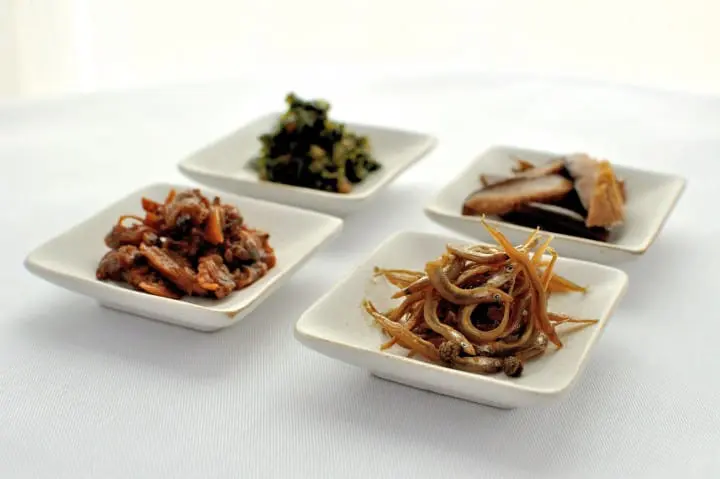
These days a wide range of ingredients are used in making tsukudani, such as shiitake mushrooms, konbu (seaweed), and vegetables, as well as fish and shellfish. The seasonings used have also changed, and often include soy sauce and mirin (sweet rice wine), as well as rice vinegar, ginger, Japanese peppercorns, and more.
Tsukudani in Kanazawa City

Tsukudani is now made in many regions of Japan, and from local ingredients. In Kanazawa city for example, Tsukudani Shokuhin Co. makes its own range of tsukudani using ingredients unique to the wider Hokuriku region.
I visited the flagship store located in Kanazawa's Shimoshin-cho area, and a short stroll away from the historic merchant district, Owari-cho, and teahouse district, Higashi Chaya.
Tsukudani Shokuhin's Flagship Store
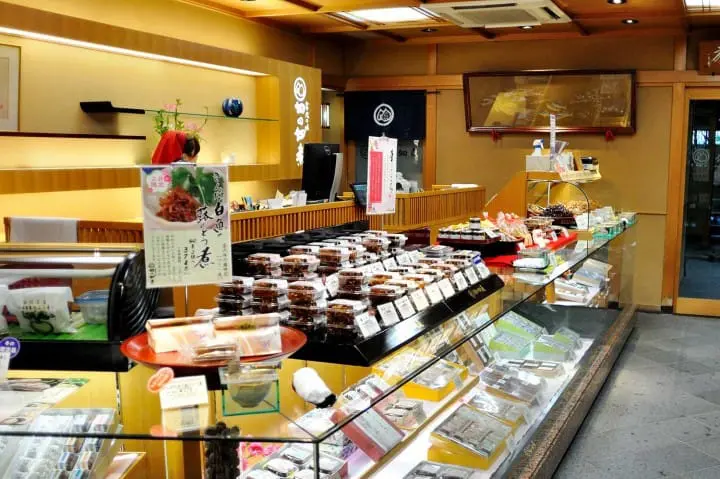
Displayed inside is a range of tsukudani, which are made in their facility also located in Kanazawa. Two items which are especially unique to the region are Goby (smelt) which is fished from the local rivers, and Kurumi (walnuts) which is harvested from the mountains. The kurumi tsukudani is especially popular, as after simmering in rice syrup it is deliciously sweet and nutty!
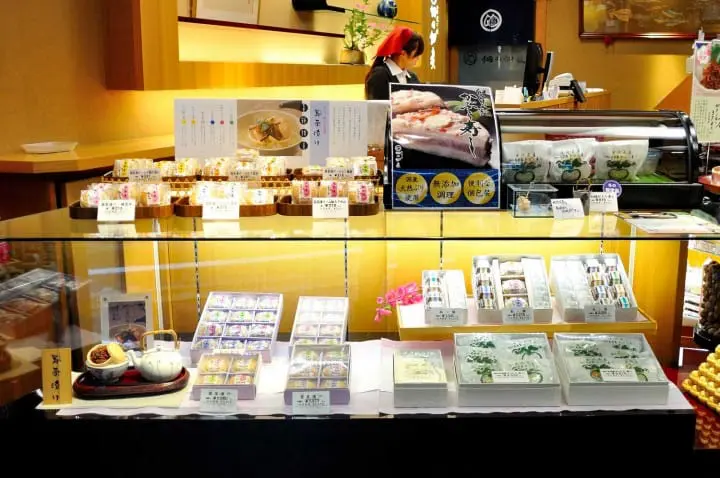
Tsukudani is offered for sale in a variety of ways, and packaged ever so conveniently for visitors travelling from near and far. The individual packages make for I think an especially lovely omiyage (souvenir) to share and enjoy back at home.
In particular, I discovered one item which I find uniquely charming, Utsuwa Chazuke.
Utsuwa Chazuke
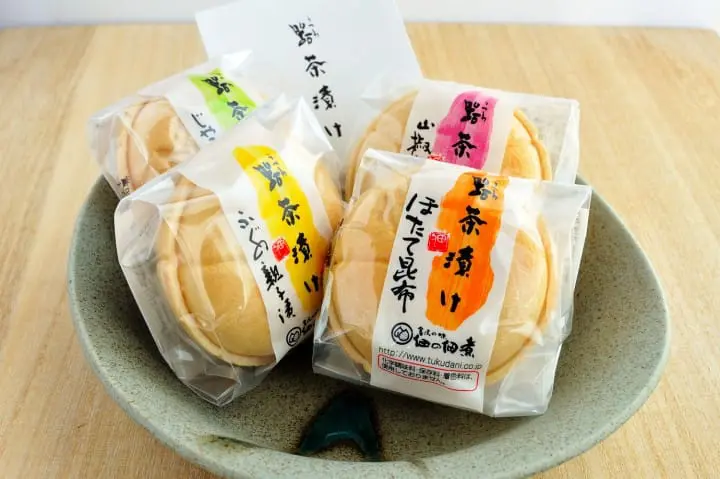
Utsuwa chazuke is a tsukudani filled rice-wafer. The orange labeled wafer contains scallops, the yellow one has fugu (blowfish), and a combination of fish, peppercorn and shiitake mushrooms is inside the magenta and green ones.
I found the color coded packaging and wafers tucked snugly inside to be irresistible, and so decided to take a few away and back home with me.

The rice wafers are made in the shape of an utsuwa (vessel), which upon opening reveals the tsukudani inside. The wafers are in fact filled and then packaged individually by hand as they are quite delicate.
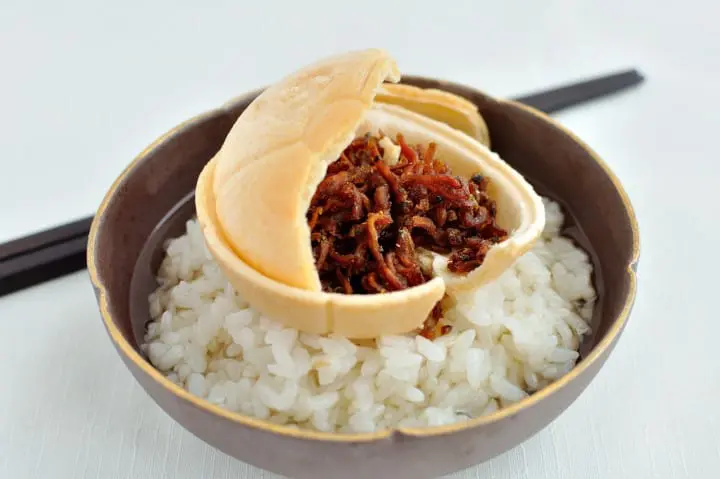
In enjoying Utsuwa Chazuke, prepare a bowl of rice and a pot of hot tea. Then gingerly breaking the wafer, set it atop of the rice. Pour the tea over all of it, and enjoy it while it's hot.
There are other ways to enjoy tsukudani, which for example can be found inside onigiri (rice balls). Onigiri is quite common in shops and convenience stores across Japan, and wonderfully convenient for those on the go.
Tsukudani in the Kitchen
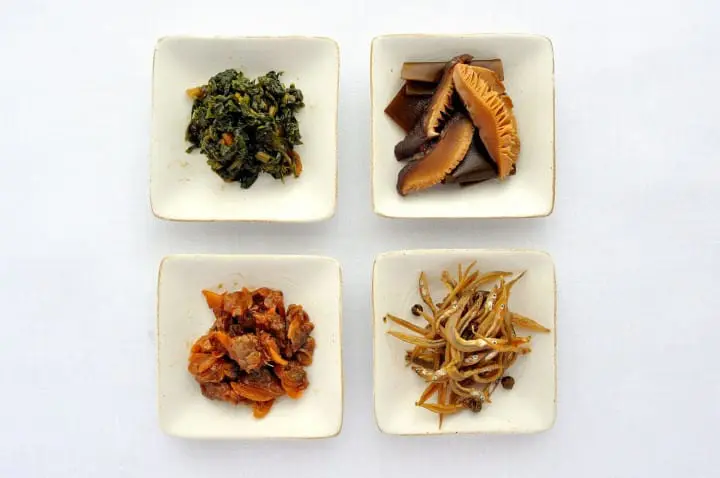
There's a certain delight in making tsukudani at home in the kitchen. Very little is needed aside from ingredients of your choosing, and seasonings to your liking. And so giving it a whirl, I used celery leaves for one, konbu and dried shiitake for another, and asari (clams) and fish for the rest.
For the seasonings I used soy sauce and mirin, and then I added ginger, Japanese peppercorns, or rice vinegar. Simmering is as it should be - long and slow - and aside from a little attention, quite honestly, it pretty much takes care of itself.
Japanese Littleneck Clams - Asari
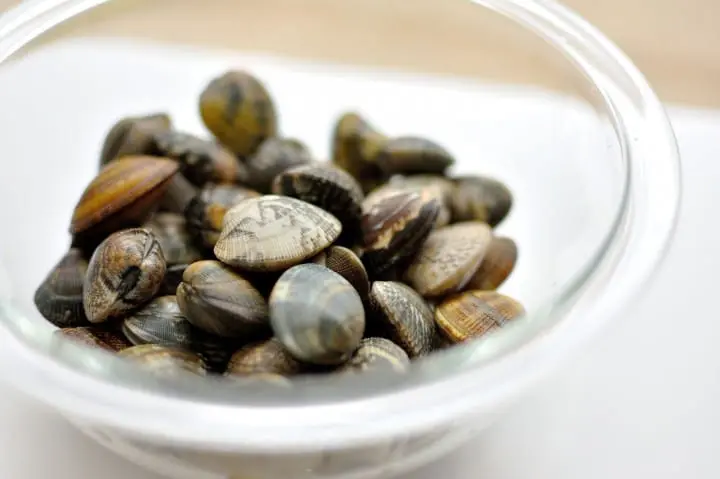
Asari (Japanese littleneck clam), are about as big as your thumb, if not much bigger. They're used in a number of ways, including in miso soup, or steamed with rice, or in a pan with olive oil, garlic and lemon.
I love the shape, texture, and colored pattern, and each seemingly unique from the other, like a snowflake. Sometimes I even imagine leaving them out on the table just to admire (but, of course not, and into the frying pan they go!)
Asari Tsukudani Over Rice
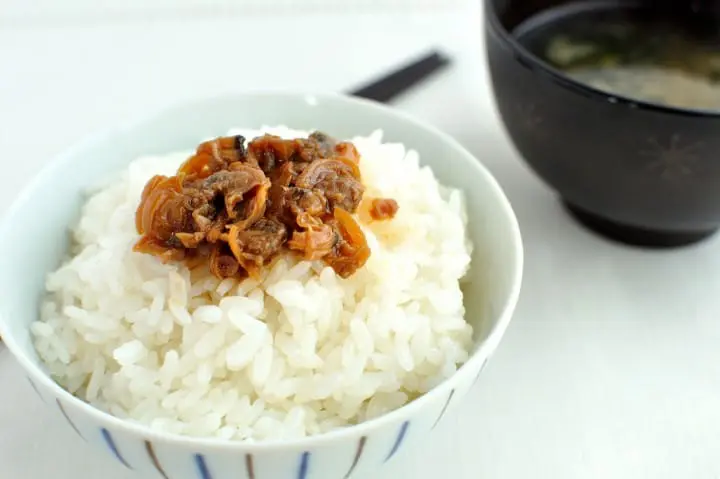
After first steaming in sake, remove the asari from the shell and then simmer in soy sauce, mirin, rice vinegar, and ginger, and Presto! As for the taste, it's wonderfully savory, especially in light of the simplicity in preparing it.
This simplicity owes to the traditional seasonings that are used. The rich and complex flavours in each spoonful are a reflection of the craftsmanship and years combined in brewing each individual seasoning.
Rice

Whether it's tsukudani atop a bowl of rice, or Utsuwa Chazuke, or your favorite onigiri - the rice is what brings it all together. A friend recently asked me to name a favorite food, and I replied without missing a beat "New York Pizza"! His response however was, plainly, "Rice".
It's no cliche to consider rice as a staple of the Japanese diet. And not only as a source of nourishment, but as something through which for some connects them to their culture, tradition, and history.
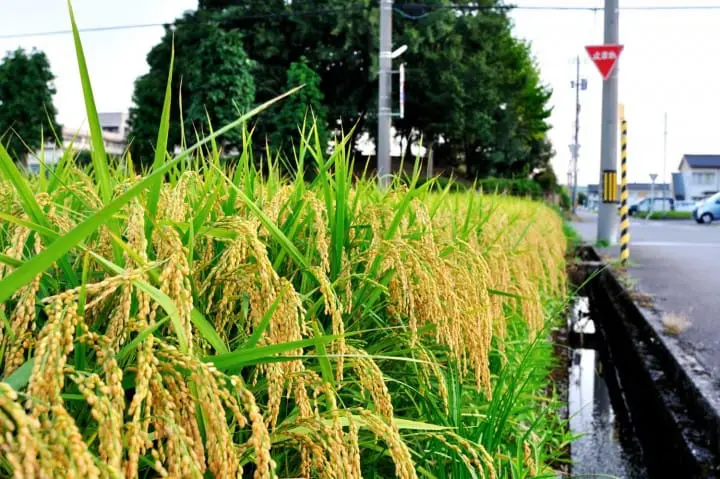
As someone from a different country and culture, I can never truly understand my friend's sentiment. However, I can say that living aside a city, while yet at the same time immersed in the things that physically sustain me is uplifting.
And so similarly as to how the rice on our dinner table is grown down the street, so too are many other things - fish, vegetables, seasonings - drawn from or made close to home.
In Closing
On your visit to Japan, discover for yourself the delightful and rich taste of tsukudani. As there are as many different types to suit just as many different tastes, you'll be certain to find one to take home with you. If you are visiting Kanazawa, be sure to be on the look out for the Utsuwa Chazuke wafers, which are certain to charm all your friends!
Hoping to share on some of the wonderful places and faces to be found here in Japan.



































![[Coupon Available] Attention Overseas Winter Sports Fans! Nagano's Sports Depot Has Evolved](https://resources.matcha-jp.com/resize/720x2000/2026/01/05-254819.webp)
![[2 hours from Tokyo ] 10 Quiet and Breathtaking Views of Mount Fuji in Yamanashi Hokuto City , Yamanashi - Part 2](https://resources.matcha-jp.com/resize/720x2000/2025/12/16-253037.webp)
